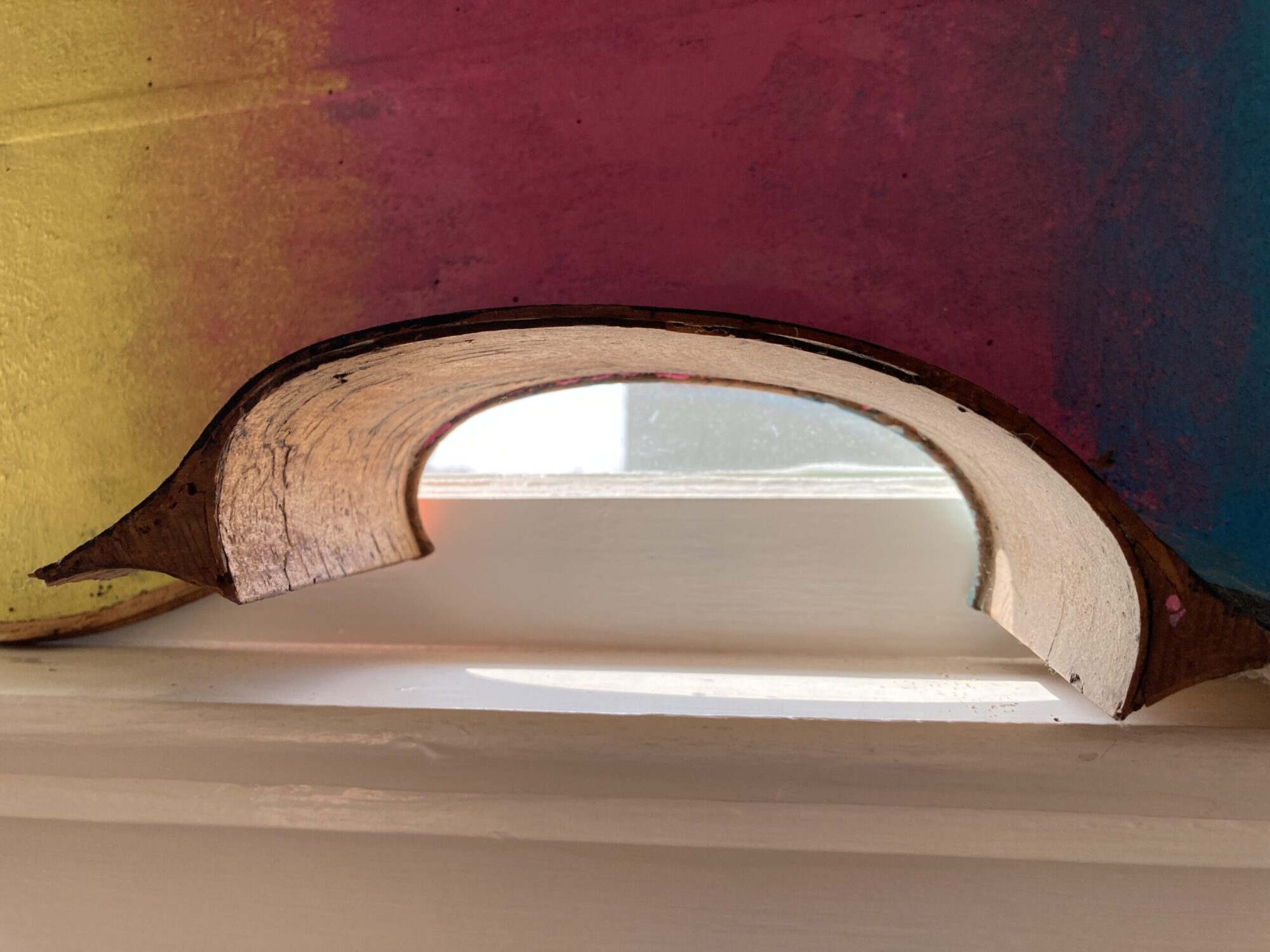Due June 4th at the latest, May 28th if possible: FINAL PROJECT: BECOMING AN ETHNOMUSICOLOGIST!!!
You are to record a parent, grandparent, or someone older in your family SINGING a short song that they remember from their own childhood. Then, just like Bartok did, you are going to try to transcribe what you hear into written music. Also, write two or three sentences about why this song/melody is part of your family history. Where does it come from, and what is the significance of the song to the person who sang it to you?
For May 21st:
This video introduces the composer Zoltan Kodaly, who along with his compatriot Bela Bartok traveled throughout their country collecting FOLKSONGS, and eventually melding the folk styles into their own compositions.
Meet Bela Bartok, in this very old film showing how he collected the music that he used in his piece “Romanian Folk Dances” – there are versions for orchestra, but also violin, cello, piano…
Learn Bartok’s Brâul from Romanian Folk Dances –
click on your instrument to download the score: piano – violin – cello
Here’s a short biography of Bartok, and a description how to play Brâul
Here’s a YouTube playlist including lots of stories about HOW Bartok collected music
For May 7th: Music from Norway and the composer Edvard Grieg
Resouces –
Grieg Timeline from the Grieg Museum in Bergen, Norway and a longer biography
YouTube Playlist – try to imagine what influenced Grieg is the pieces you listen to
This little booklet is to be printed and if you make it exactly according to instructions, you get a 2-sided booklet that is folded just right so the pages are in order. If it’s too complicated (!) print out pages 2-11 and cut them in half and sort out the pages in order! Read the whole little book, and answer all the questions !
Halling – a typical Norwegian Folk Dance – Here are versions by Grieg for
violin cello and the original for piano
Music from Bohemia: Please have completed the listening and the packet by April 24th. If you have learned to play the Moldau them, bring your instrument to the next Zoom meeting!
here is a packet on the composer and the piece, with pictures and link to a video
Bedrich Smetana and his piece “The Moldau”
Here’s another biography of Smetana,
and the music for the main theme: treble clef bass clef
For the week of April 27th please read these next pages, and answer the questions:
Folk music or Ethnic Music? What’s the difference? read here!
Previous Units we have covered this year:
The Renaissance ( 1400-1600)
Visit the Uffizi Gallery in Italy
Take a “Google street view” tour of the Rijksmuseum in Amsterdam
The Getty Museum also has a huge Renaissance collection
Music and performance practice from the period. Pianists go to “violin” and read the descriptions of the pieces! You can play the melodies.
Listening: Madrigals, Consorts, Lute (from the above selection of music plus more)
Renaissance reading and listening
quick reference about several composers
website for the Renaissance for kids
More listening and reading
From the VICTORIA & ALBERT Museum in LONDON
TIMELINE – ERAS
- Ancient – LEARN ABOUT SOME EARLY INSTRUMENTS
- Medieval – LISTEN and LEARN about instruments
- Renaissance: see above
- Baroque
- Classical – LISTENING ASSIGNMENT OCTOBER – playlist
- Romantic – LISTENING ASSIGNMENT NOVEMBER – playlist
- 20th century
- Contemporary (21st century)
HISTORY of the VIOLIN
Learn about the history of the violin and bow, and listen to ancestors of the violin – videos
KidzSearch – history of the violin – and use the search field for other instruments
about the violin – a kids’ research website – search for your instrument
Berkeley Public Library: scroll down to Britannica Kids and start your research! (you’ll need your library card number!)
